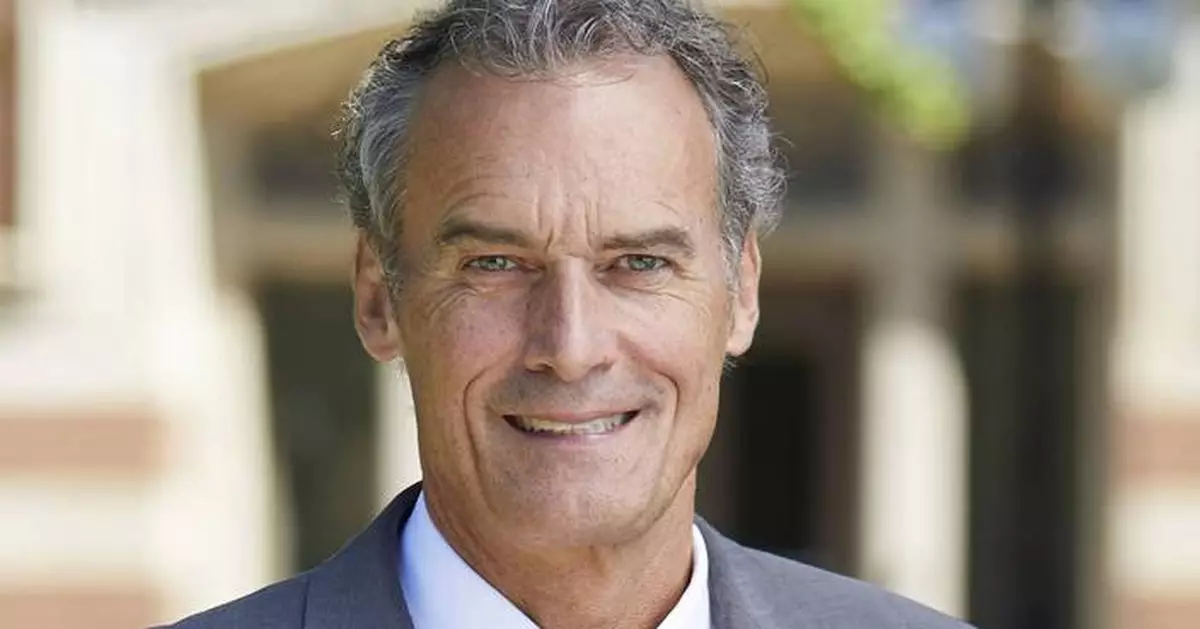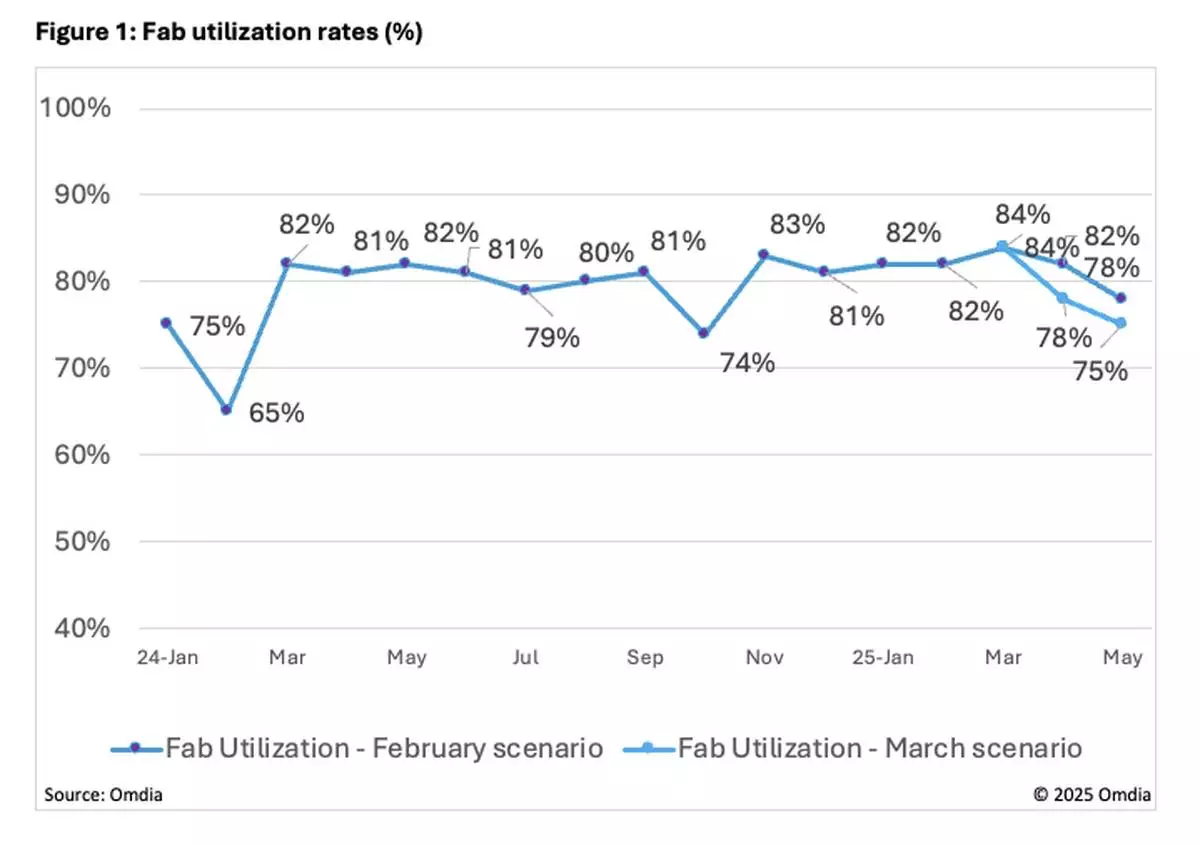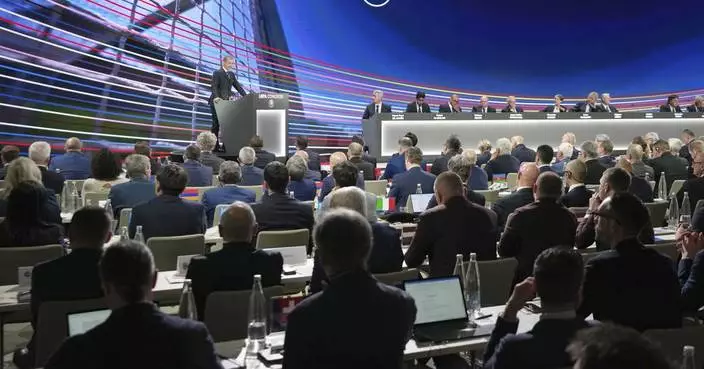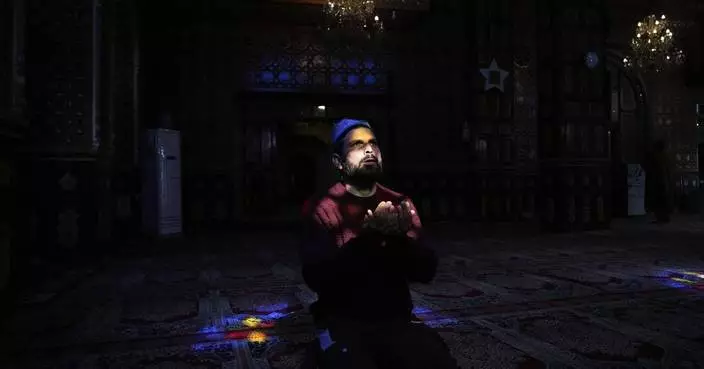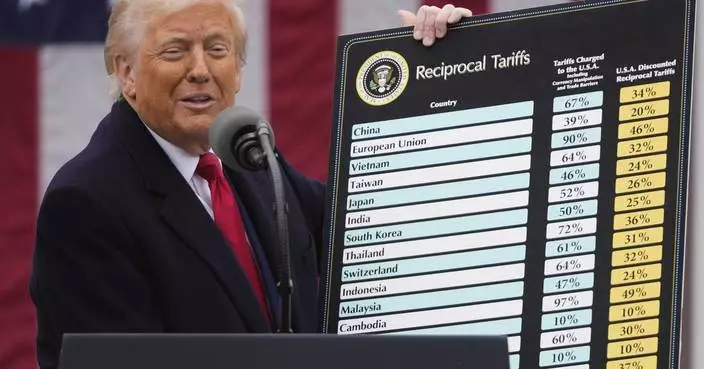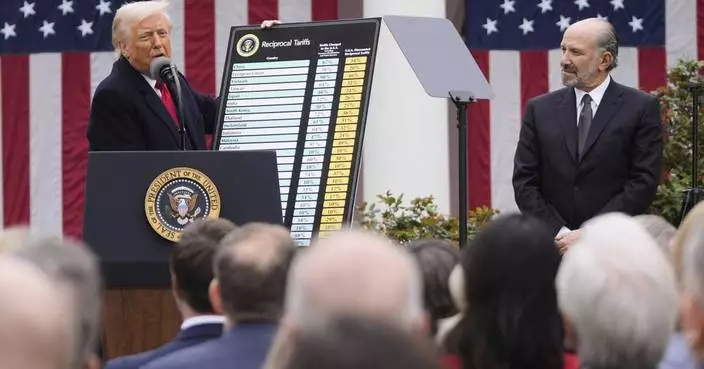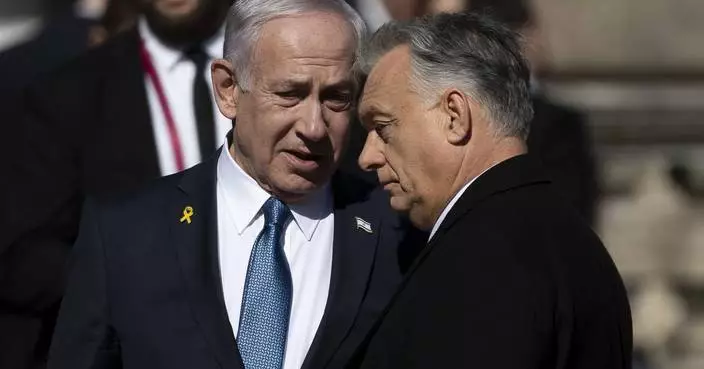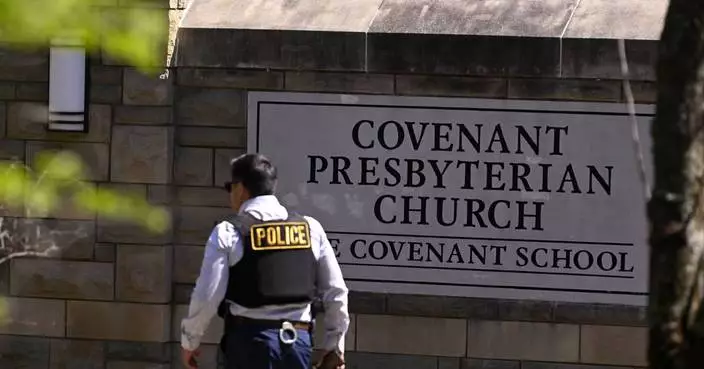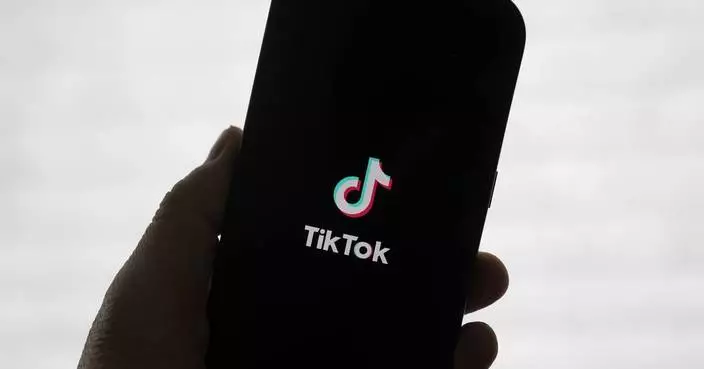MADISON, Wis. (AP) — In a closely watched First Amendment rights case, a former University of Wisconsin campus chancellor who was fired after making pornographic films with his wife argued Friday for keeping his tenured teaching position even as he faces removal for unethical behavior.
Joe Gow, who had served as chancellor of UW-La Crosse for nearly 17 years, hoped to convince a personnel committee of the University of Wisconsin Board of Regents to recommend he be allowed to retain tenure and return to teaching communications courses.
Gow has been on paid leave from his faculty position since the regents fired him as chancellor in 2023, shortly after university leaders became aware of the videos that were posted on pornographic websites.
Gow’s behavior has been “unethical, hypocritical and unacceptable,” university attorney Wade Harrison told six regents who form the personnel committee on Friday.
“Enough is enough," he said. “Dr. Joe needs to go.”
A UW-La Crosse faculty committee unanimously recommended in July that Gow lose his faculty position, saying he exploited his position to generate more interest and revenue from the videos. University attorneys argued Friday that he should lose his tenured teaching position because he harmed the university’s reputation and interfered with its mission.
Gow has established that he is unable to recognize his own poor judgment, university attorneys argued in filings ahead of the hearing.
The regents personnel committee discussed the case behind closed doors after taking testimony Friday. Its recommendation, also secret, will then be taken up at a meeting of the full Board of Regents as soon as next week.
The case has garnered national attention both for the salaciousness of a high-profile university official making pornographic movies and publicly talking about it and the questions it raises about free speech rights.
Gow argued that his videos and two e-books he and his wife, Carmen, have published about their experiences in adult films are protected by the First Amendment.
“You don’t need the First Amendment to protect ‘The Star Spangled Banner,’” Gow’s attorney, Mark Leitner, told the committee. “You don’t need the First Amendment to protect easy and comforting speech. It’s exactly the opposite. We need the First Amendment precisely when the danger of stifling, controversial, unpopular speech is at its highest. And that’s what we have here.”
Harrison, the university's attorney, countered that the videos themselves are legal, but they are not protected speech under his employment contract.
“Gow’s pornography videos are not protected by the First Amendment,” Harrison said.
Gow has gotten what he wants, which is attention on his books and videos, Harrison said.
The regents asked no questions.
“It was a very ominous sign that no regent asked a question,” Gow said after the hearing. “That to me indicates that this has all been preordained.”
When asked if he would consider filing a lawsuit if his tenure is revoked, Gow said, “Would you blame us if we did?”
The school is pushing to fire Gow for unethical conduct, insubordination for refusing to cooperate with an investigation and violating computer policies. The UW-La Crosse employee handbook requires faculty to “exhibit a level of behavior supporting the university mission.”
Gow has maintained that he and his wife produced the pornographic materials on their own time. He insists the videos and the books never mentioned UW-La Crosse or his role at the university.
However, Gow was criticized in 2018 for inviting porn actor Nina Hartley to speak on campus. She was paid $5,000 out of student fees to appear. He developed the idea of bringing her to campus after shooting a pornographic video with her, the university said.
Gow and his wife's e-books were written under pseudonyms: “Monogamy with Benefits: How Porn Enriches Our Relationship” and “Married with Benefits — Our Real-Life Adult Industry Adventures." But they also star in a YouTube channel called “Sexy Healthy Cooking” in which the couple cooks meals with porn actors.
Gow's hope to return to teaching in the classroom is opposed by his department chair, Linda Dickmeyer. She said that because Gow has not taught for 20 years, he would be assigned general education courses, but she opposes allowing him to return to teaching in any role.
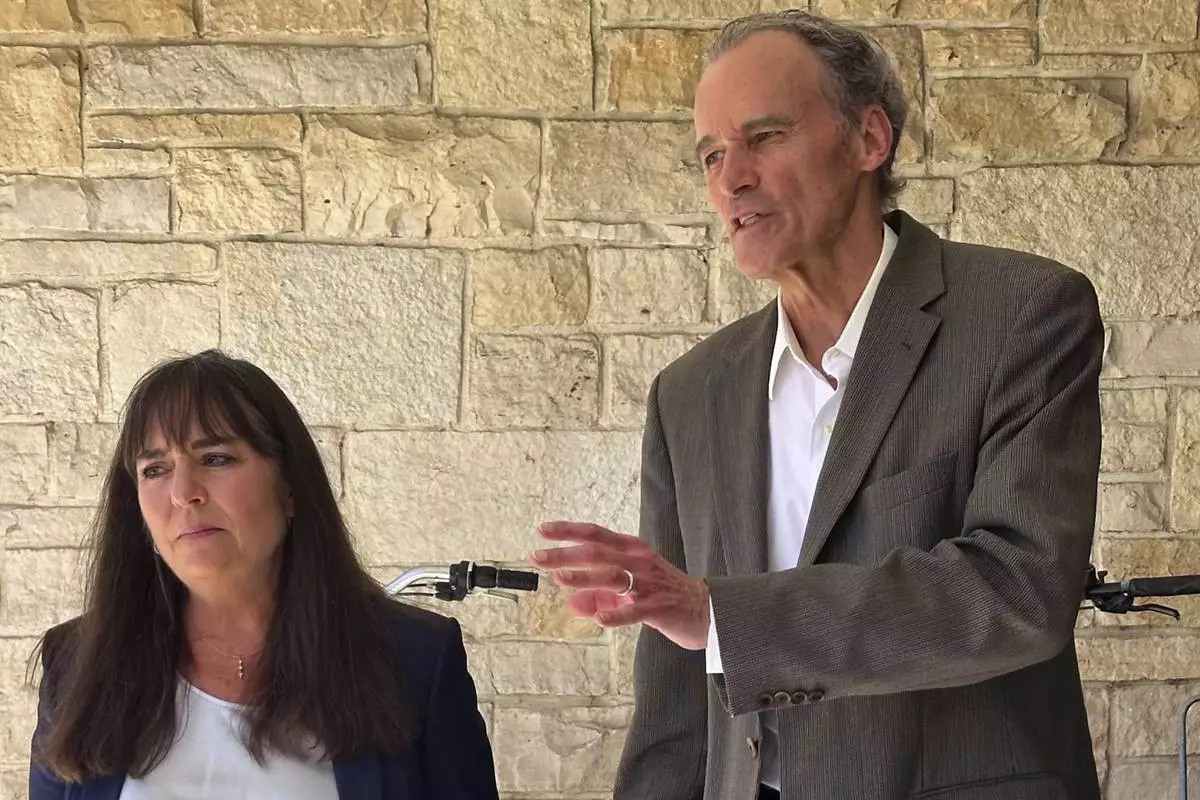
Former University of Wisconsin-La Crosse Chancellor Joe Gow and his wife, Carmen Wilson, take questions after a hearing before a committee that will determine whether he can teach after being fired as the campus leader for making pornographic videos on Friday, Sept. 20, 2024, in Madison, Wis. (AP Photo/Scott Bauer)
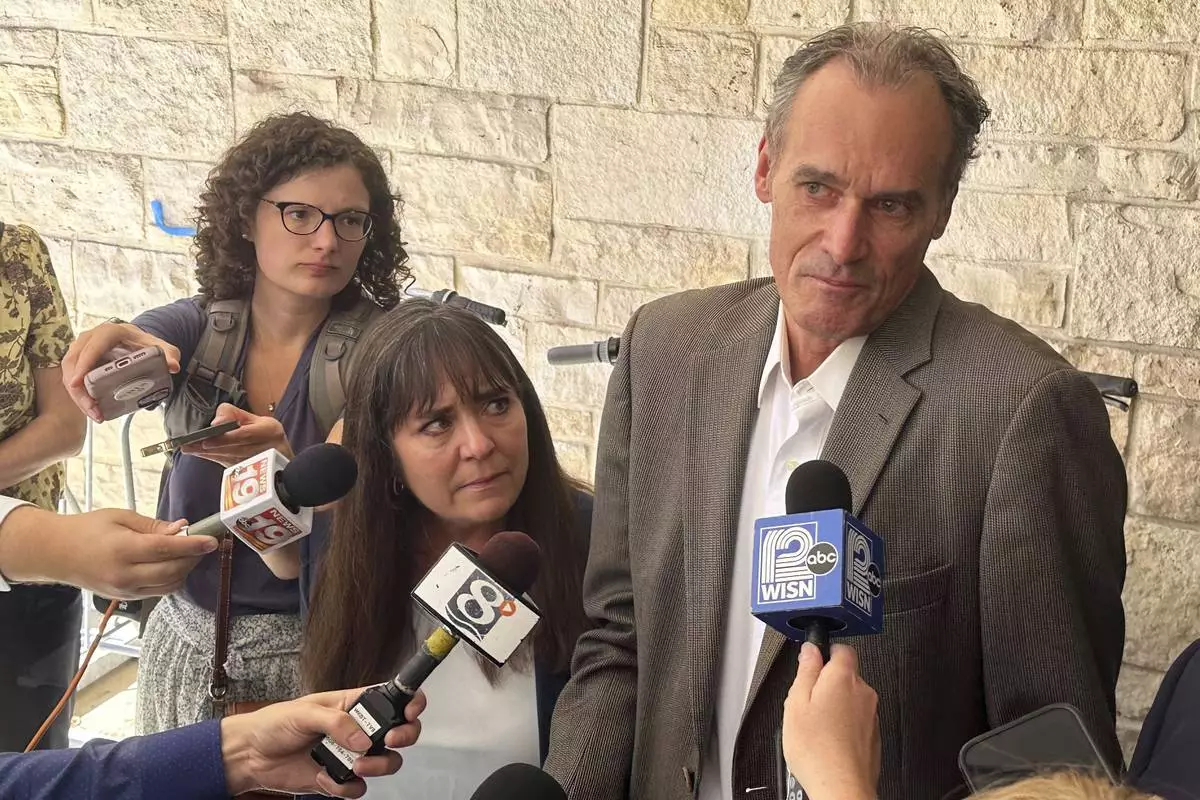
Former University of Wisconsin-La Crosse Chancellor Joe Gow, right, and his wife, Carmen Wilson, center, take questions after a hearing before a committee that will determine whether he can teach after being fired as the campus leader for making pornographic videos, Friday, Sept. 20, 2024, in Madison, Wis. (AP Photo/Scott Bauer)
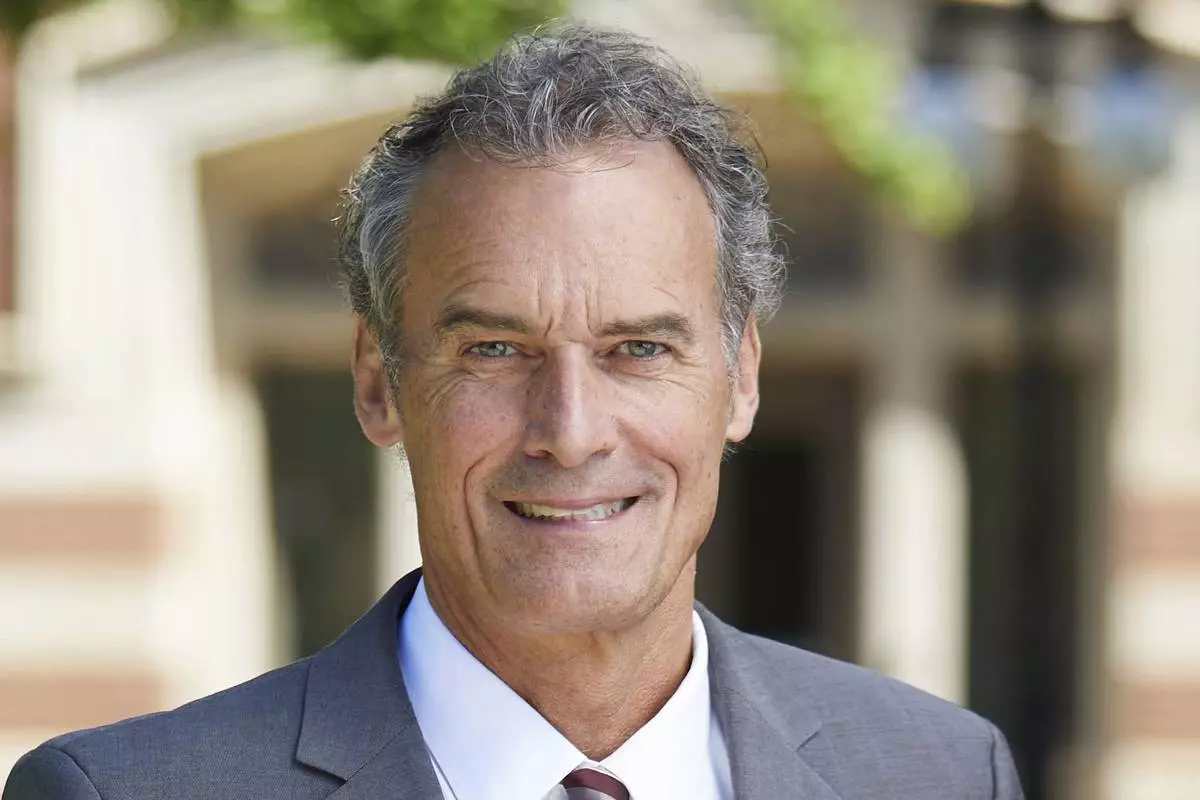
FILE - This undated photo provided by University of Wisconsin system shows UW-La Crosse Chancellor Joe Gow. (University of Wisconsin-La Crosse via AP, File)


